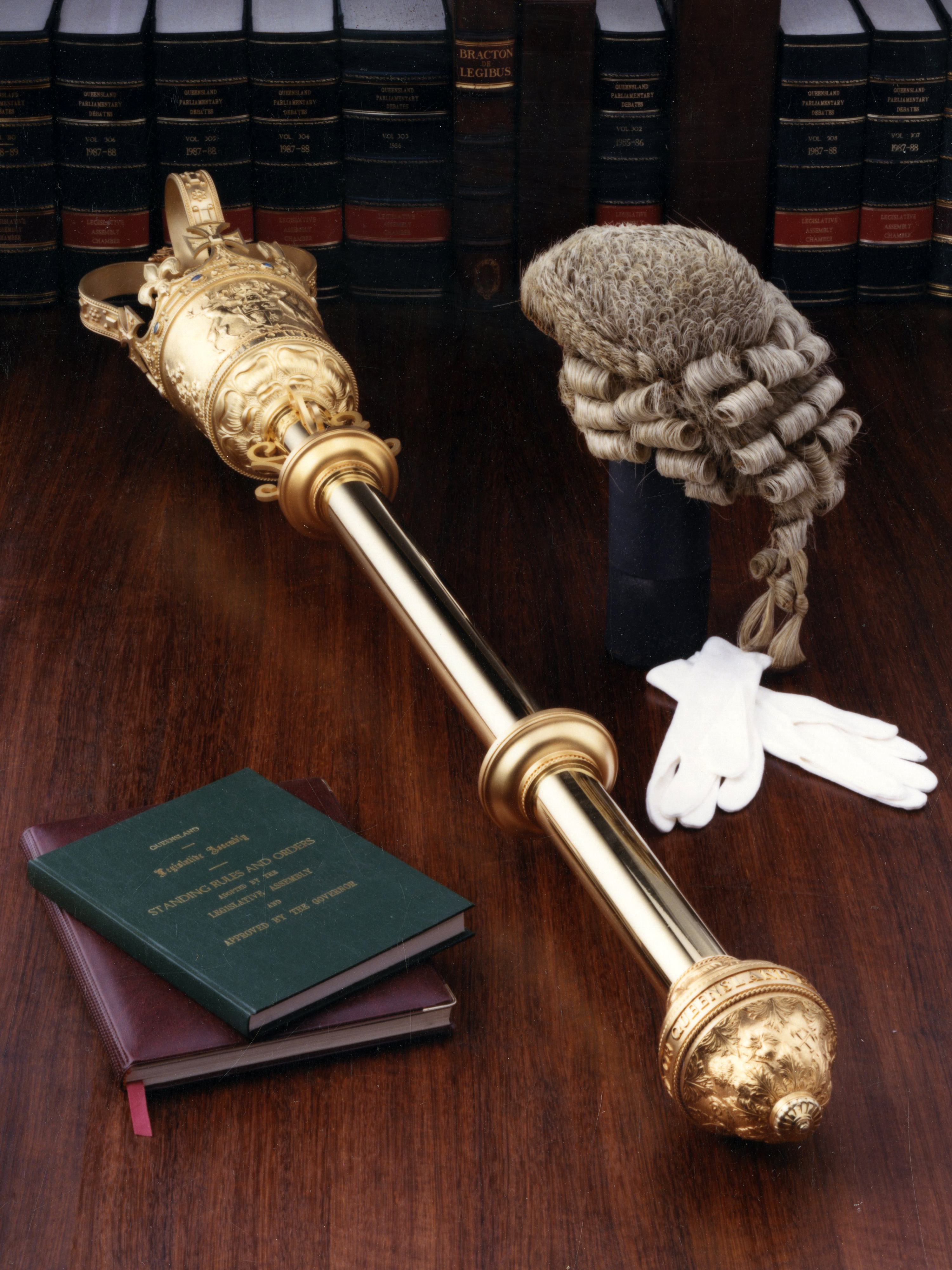|
Sergeant-at-Arms
A serjeant-at-arms, or sergeant-at-arms, is an officer appointed by a deliberative body, usually a legislature, to keep order during its meetings. The word "serjeant" is derived from the Latin ''serviens'', which means "servant". Historically, serjeants-at-arms were armed men retained by English lords and monarchs, and the ceremonial maces which they are associated with were originally a type of weapon. Origins The term "sergeant" can be given two main definitions; the first being a military rank and the other a governmental role. Whereas technically the two roles were not mutually exclusive, they were very different in roles and duties. The soldier sergeant was a man of what would now be thought of as the 'middle class', fulfilling a junior role to the knight in the medieval hierarchy. Sergeants could fight either as heavy to light cavalry, or as well-trained professional infantry, either spearmen or crossbowmen. Most notable medieval mercenaries fell into the 'sergeant' class, ... [...More Info...] [...Related Items...] OR: [Wikipedia] [Google] [Baidu] |
Ceremonial Mace
A ceremonial mace is a highly ornamented staff of metal or wood, carried before a sovereign or other high officials in civic ceremonies by a mace-bearer, intended to represent the official's authority. The mace, as used today, derives from the original mace used as a weapon. Processions often feature maces, as on parliamentary or formal academic occasions. History Ancient Near East Ceremonial maces originated in the Ancient Near East, where they were used as symbols of rank and authority across the region during the late Stone Age, Bronze Age, and early Iron Age. Among the oldest known ceremonial maceheads are the Ancient Egyptian Scorpion Macehead and Narmer Macehead; both are elaborately engraved with royal scenes, although their precise role and symbolism are obscure. In later Mesopotamian art, the mace is more clearly associated with authority; by the Old Babylonian period the most common figure on cylinder seals (a type of seal used to authenticate clay documents) is ... [...More Info...] [...Related Items...] OR: [Wikipedia] [Google] [Baidu] |

